Walter Pötz, Jaroslav Fabian, Ulrich Hohenester9783540300854, 3-540-30085-6
The lectures originate from the well-known Schladming Winter Schools and are carefully edited so as to address a broad readership ranging from the beginning graduate student up to the senior scientist wanting to keep up with or to enter newly emerging fields of research.
Table of contents :
front-matter……Page 1
1 Introduction……Page 15
1.1 Particle Physics……Page 16
2.1 Strangeness……Page 17
2.3 Strangeness Oscillation……Page 18
2.4 Regeneration of KS……Page 19
3 Analogies and Quasi-Spin……Page 20
4 Time Evolution — Unitarity……Page 21
5 Bell Inequalities for Spin-12 Particles……Page 23
6 Bell Inequalities for K-mesons……Page 25
6.1 Analogies and Differences……Page 26
6.2 Bell-CHSH Inequality — General Form……Page 27
6.3 Bell Inequality for Time Variation……Page 28
6.4 Bell Inequality for Quasi-Spin States — CP Violation……Page 29
7 Decoherence in Entangled K00 System……Page 32
7.1 Density Matrix……Page 33
7.2 Model……Page 35
7.3 Entangled Kaons……Page 36
7.4 Measurement……Page 37
7.5 Experiment……Page 38
8 Connection to Phenomenological Model……Page 40
9 Entanglement Loss — Decoherence……Page 42
9.1 Von Neumann Entropy……Page 43
9.2 Separability……Page 44
9.3 Entanglement of Formation and Concurrence……Page 47
10 Outlook……Page 50
References……Page 55
1.1 Why Quantum Information Processing?……Page 60
1.2 Quantum Gates vs. Classical Gates……Page 61
2.1 Bose–Einstein Condensates and the Mott Transition……Page 64
2.2 Quantum Computation with a 1D Optical Lattice……Page 67
2.3 Experimental Realization with Atom Chips……Page 71
3.1 Qubit Encoding and Single-Qubit Operations……Page 73
3.2 Measurement-Induced Nonlinearities……Page 74
3.3 Construction of Simple Quantum Gates……Page 77
3.4 Multi-Mode Gates……Page 79
3.5 Conditional Dynamics and Scaling of Success Probabilities……Page 80
4.1 Decoherence Mechanisms Affecting Atoms and Photons……Page 82
4.2 Field Quantisation in Causal Media……Page 84
4.3 Thermally Induced Spin Flips Near Metallic Wires……Page 87
4.4 Imperfect Passive Optical Elements……Page 90
References……Page 93
1 Introduction……Page 95
2.1 Classification of the QC Schemes……Page 96
2.3 Si Quantum Dot QC Architecture……Page 98
2.4 Si Donor Nuclear Spin QC Architecture……Page 99
2.5 Si Donor Electron Spin QC Architecture……Page 100
3 Electron Spin Coherence in Semiconductors……Page 101
3.1 Spin Decoherence Channels in Semiconductors……Page 103
3.2 Spectral Diffusion for Electron Spins……Page 104
4.1 Spin Hamiltonian in a GaAs Double Quantum Dot:Coulomb Interaction and Pauli Principle……Page 106
4.2 Implications of Si Conduction Band Structure to Electron Exchange……Page 111
4.3 Single Spin Detection Schemes……Page 115
4.4 Approaches to Generateand Detect Electron Spin Entanglement in Quantum Dots……Page 116
5.1 Single Electron Trapping in Horizontal QDs……Page 117
5.2 Single Spin Detection……Page 118
5.3 Electron-Nuclear Spin Interaction in QDs……Page 119
6 Summary……Page 120
References……Page 121
1 Introduction……Page 127
2 Semiclassical Theory……Page 130
3 Time-Dependent Hartree–Fock Approximation……Page 131
3.1 Excitonic Linear Absorption Spectrain Different Dimensions……Page 134
4.1 Second-Order Born Approximation……Page 137
4.2 Density-Dependent Exciton Saturation and Broadening……Page 141
4.3 Dynamics-Controlled Truncation Scheme:Coherent (3)-Limit……Page 144
4.4 Signatures of Coherent Four-Particle Correlations in (3)……Page 152
4.6 Signatures of Coherent Four-Particle Correlations Up to (5)……Page 157
5 Conclusions and Outlook……Page 160
References……Page 162
1 Introduction……Page 165
1.1 Coherence……Page 166
1.3 Bosonic Limit of Excitons……Page 168
2.1 Non-Interacting Bosons……Page 169
2.2 Weakly Interacting Bosons……Page 170
2.3 Interacting Electron-Hole Pairs: Excitonic Insulator……Page 171
3 Emission of Light……Page 176
4 Magnetoexcitons……Page 179
5.1 Phase Diagram……Page 180
5.2 Coherence Effects……Page 182
6 Polariton Condensation……Page 184
6.1 Polariton Dynamics……Page 185
6.2 Evolution of the Polariton Distribution:Macroscopic Occupation……Page 190
7 Polariton Laser……Page 192
7.1 Equation of Motion for the Density Matrix……Page 193
7.2 Emission Spectrum……Page 194
7.3 Related Work……Page 197
8 Summary……Page 198
References……Page 199
6……Page 202
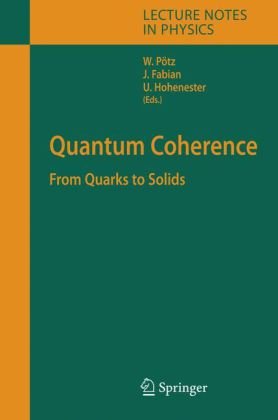
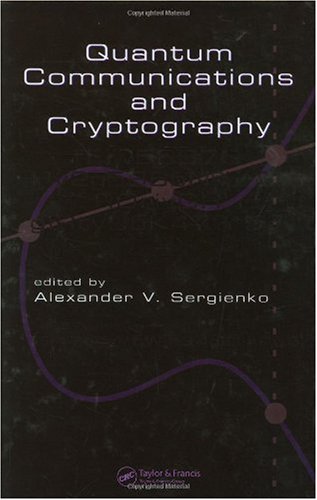

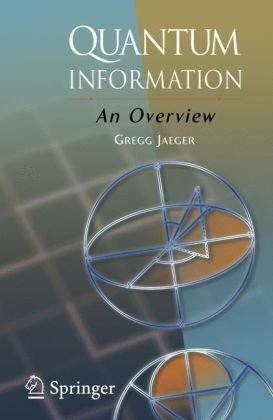
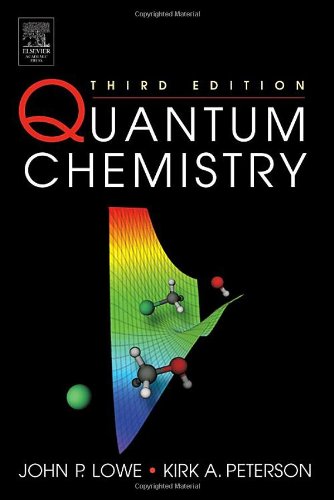

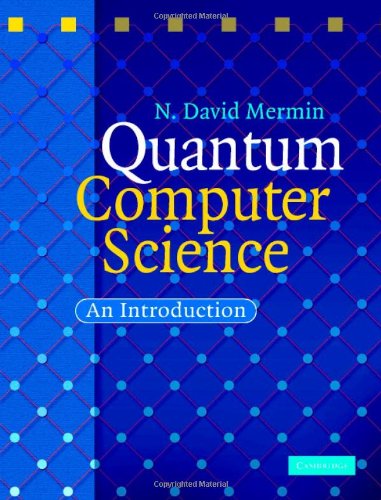
Reviews
There are no reviews yet.